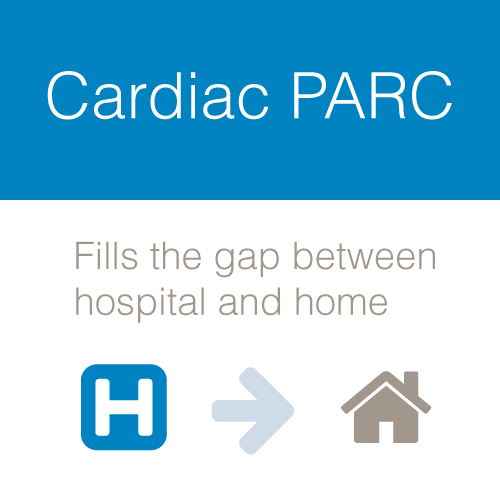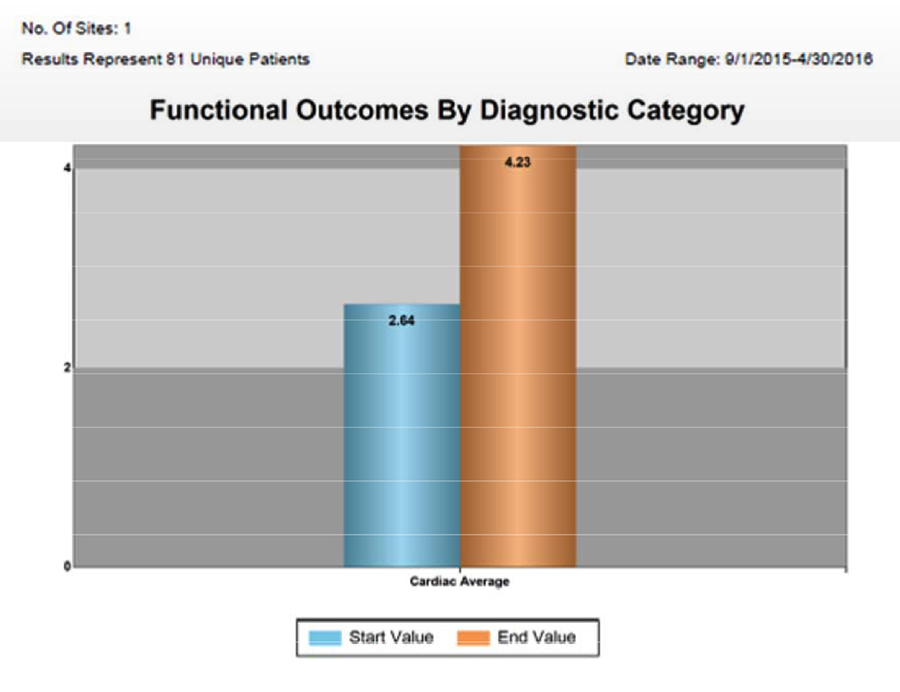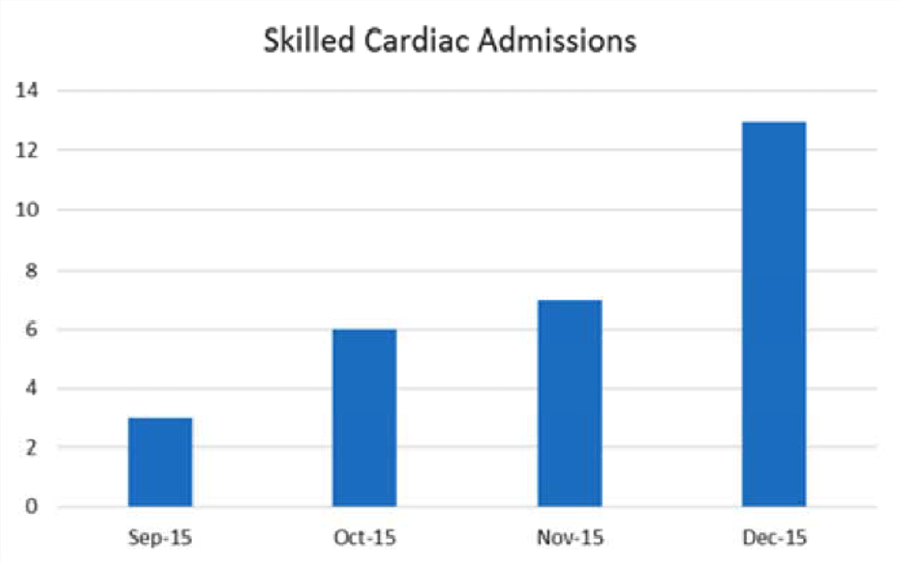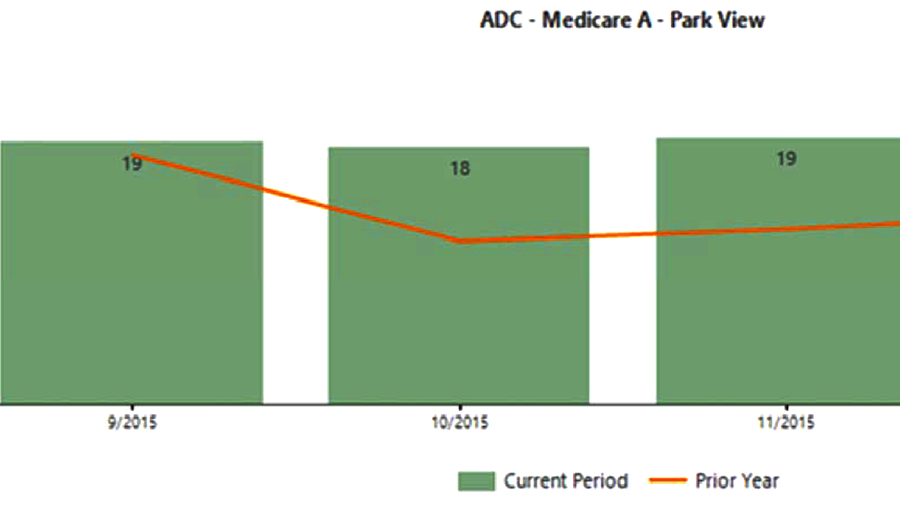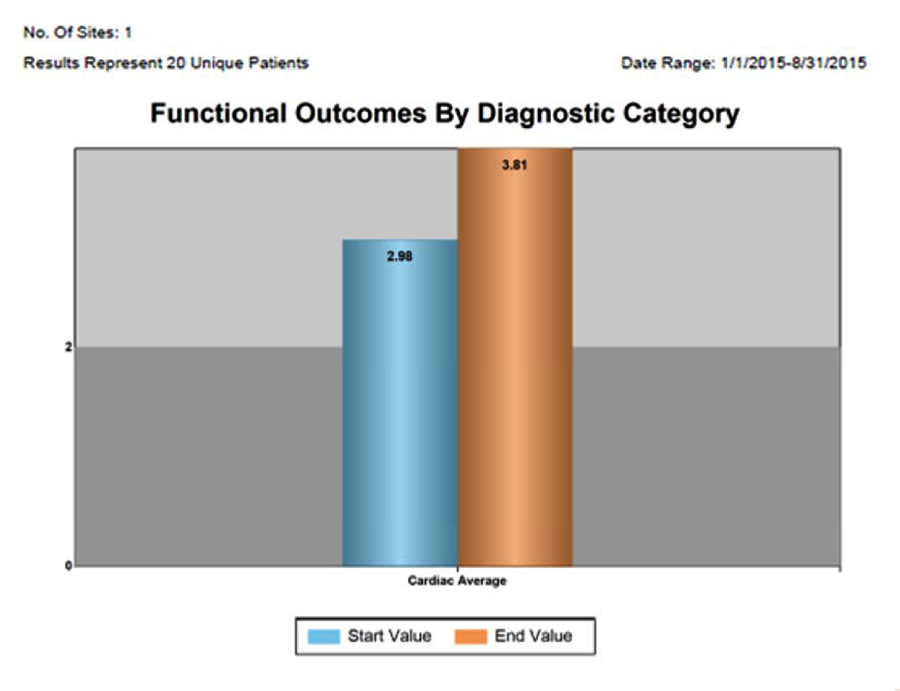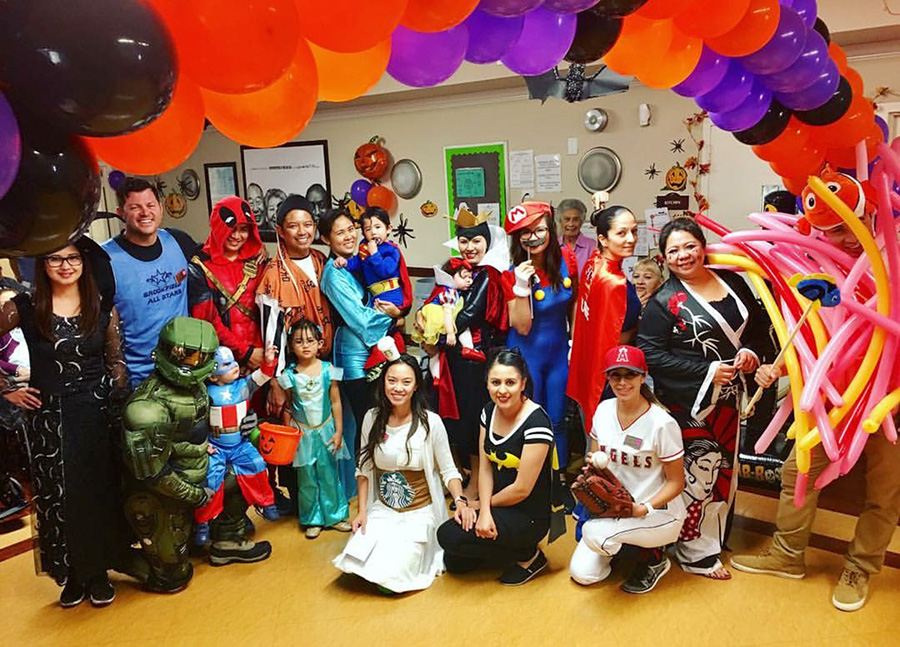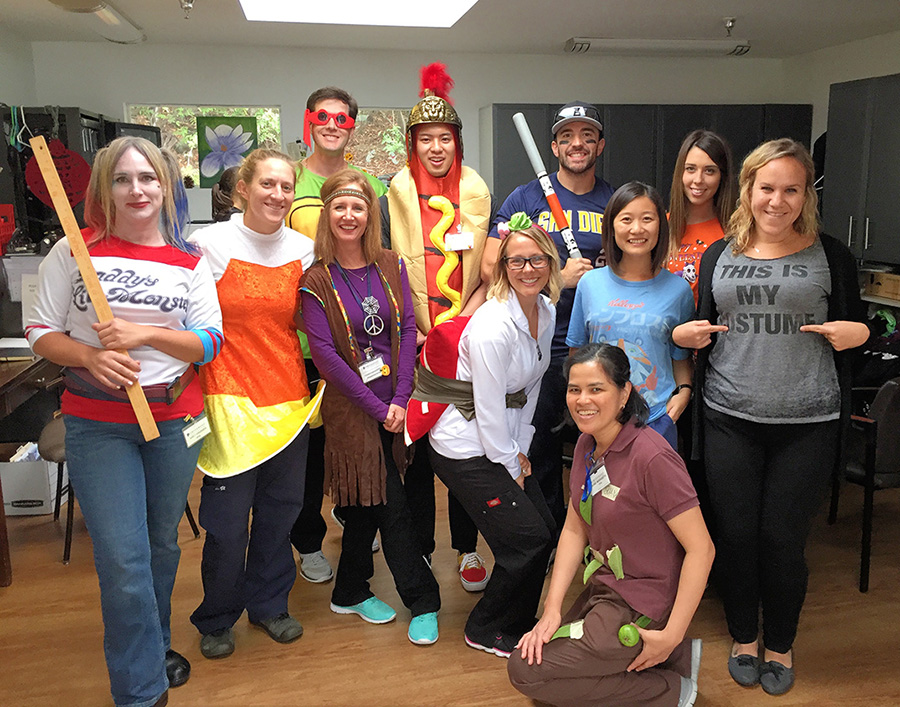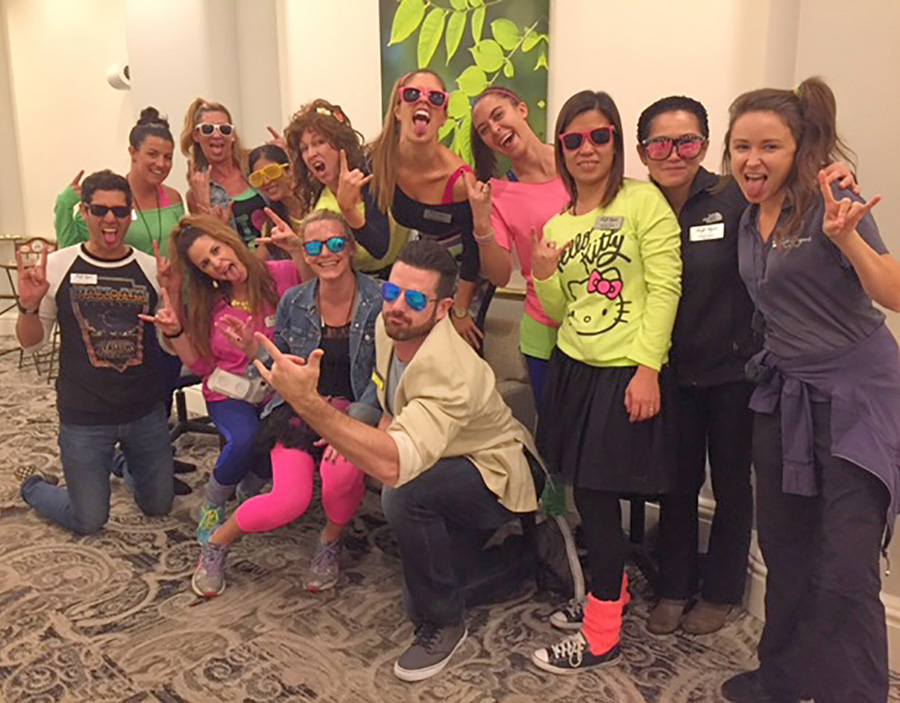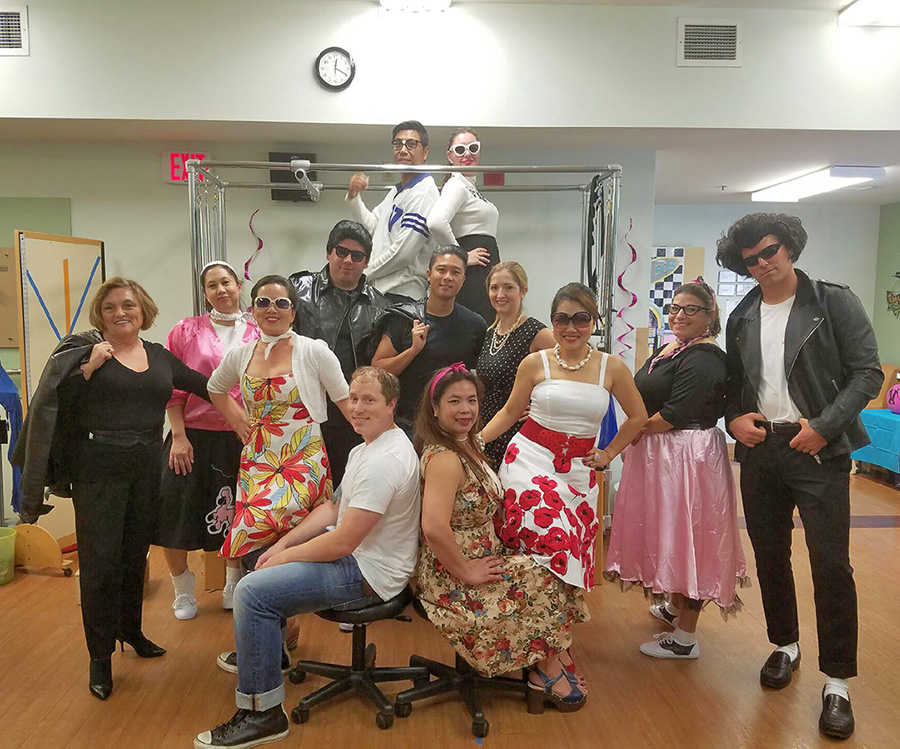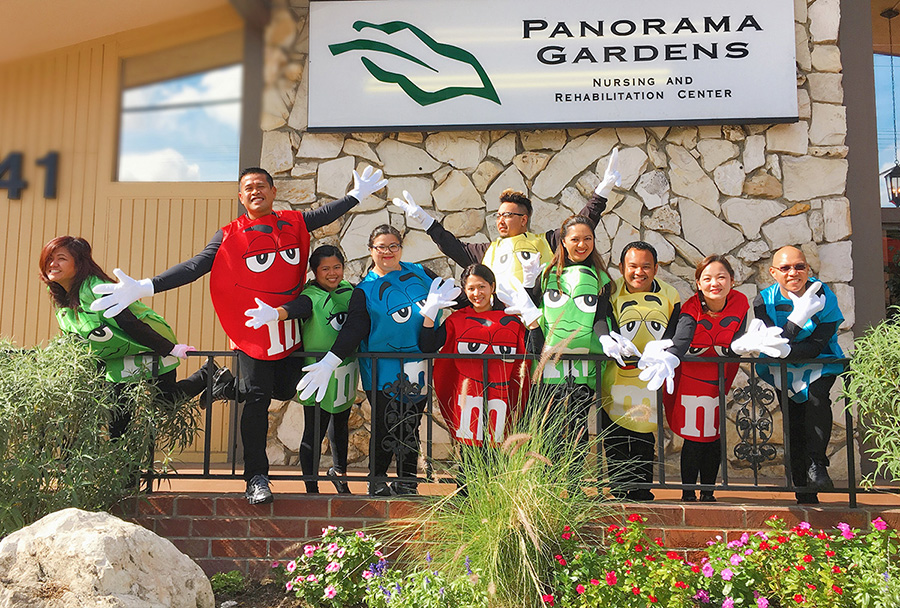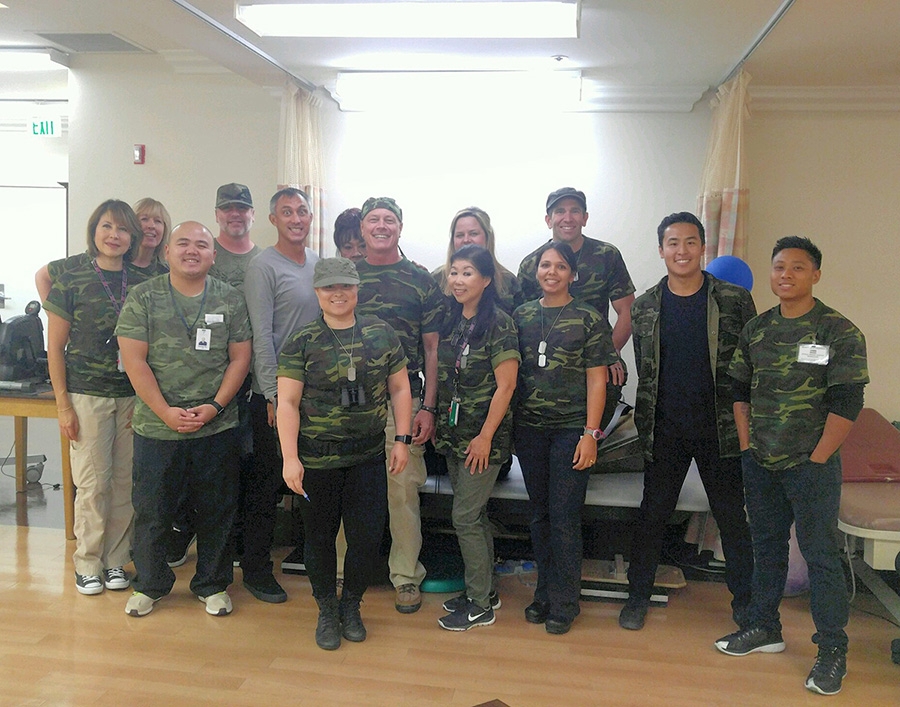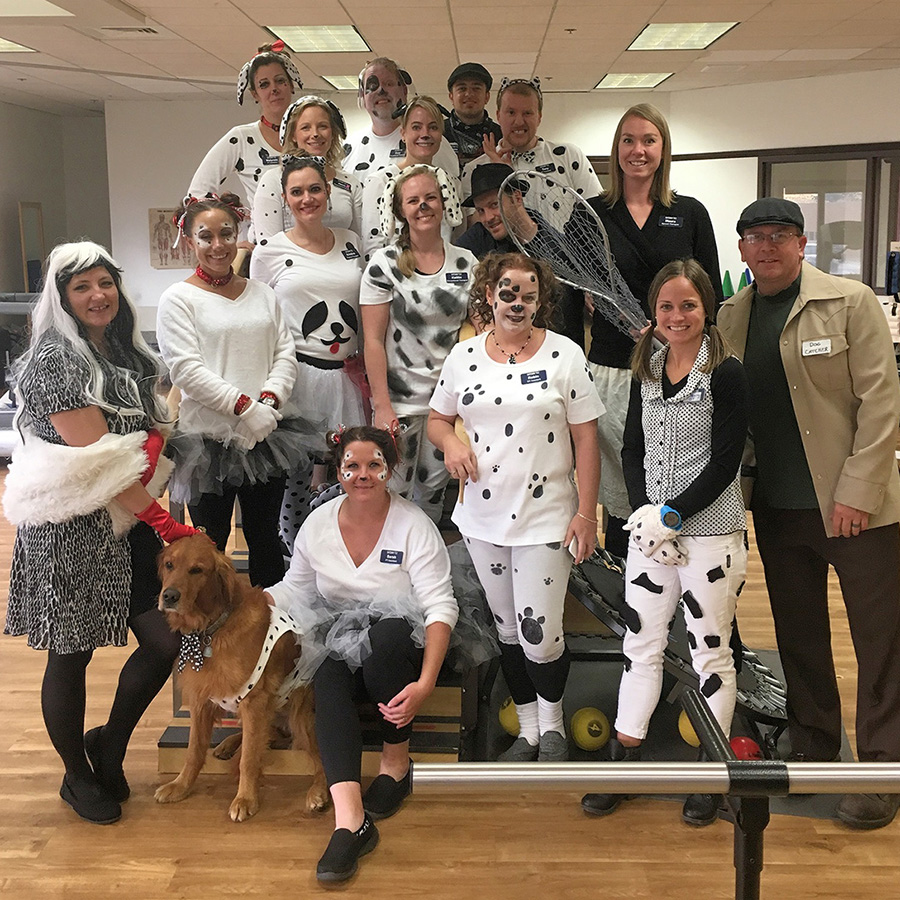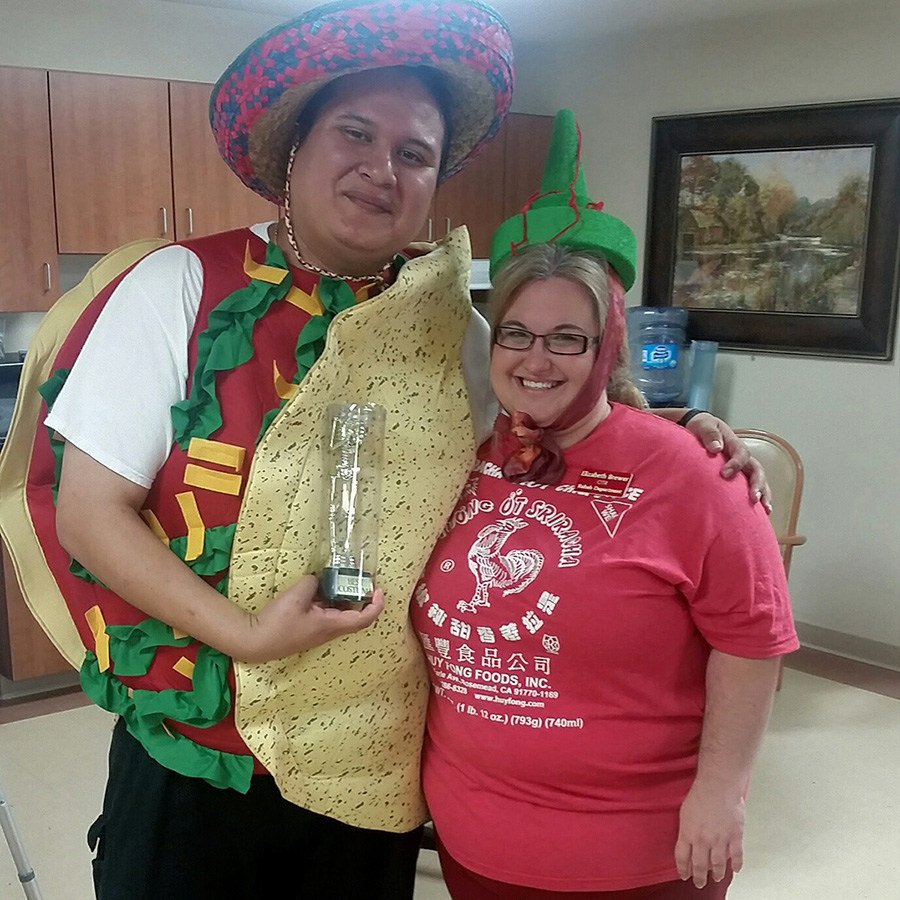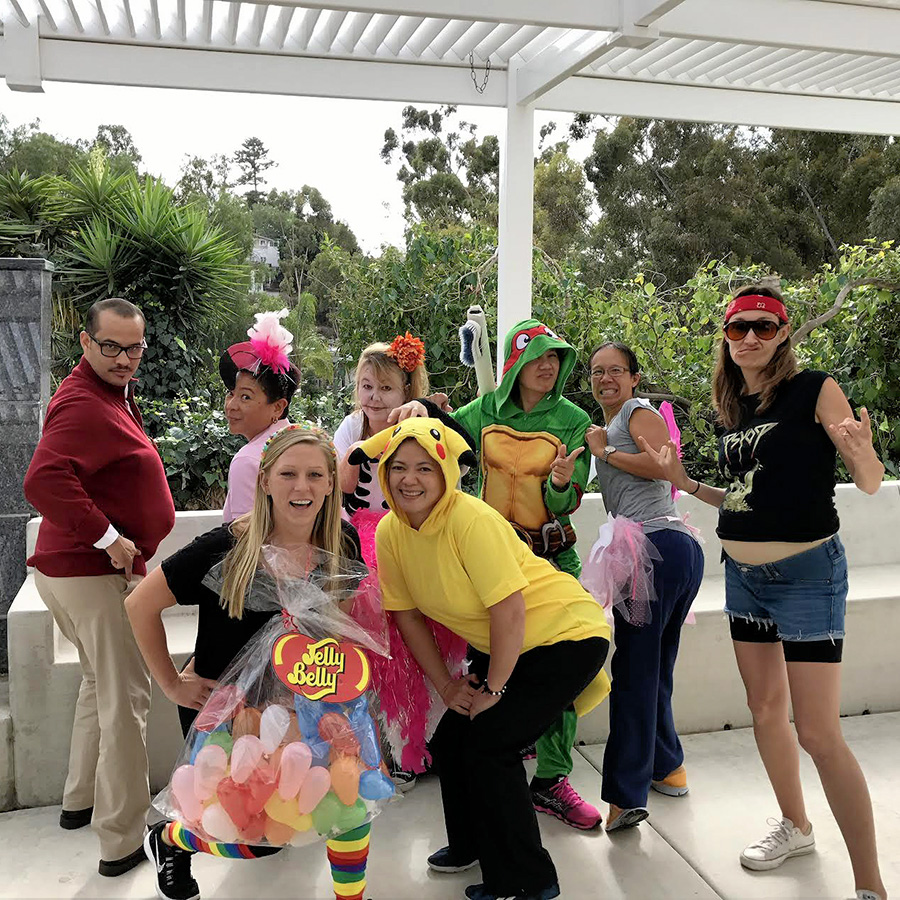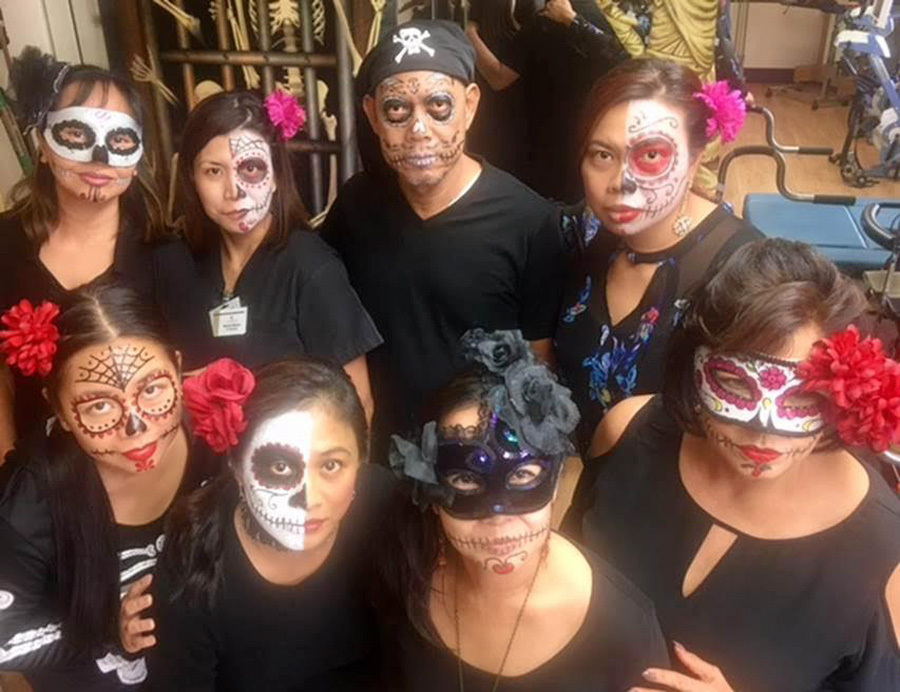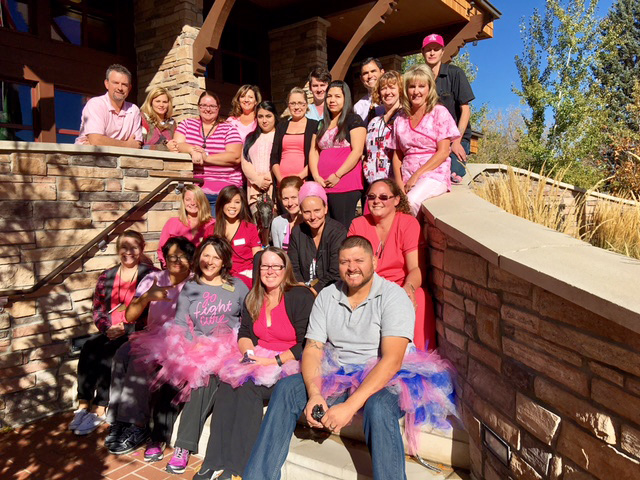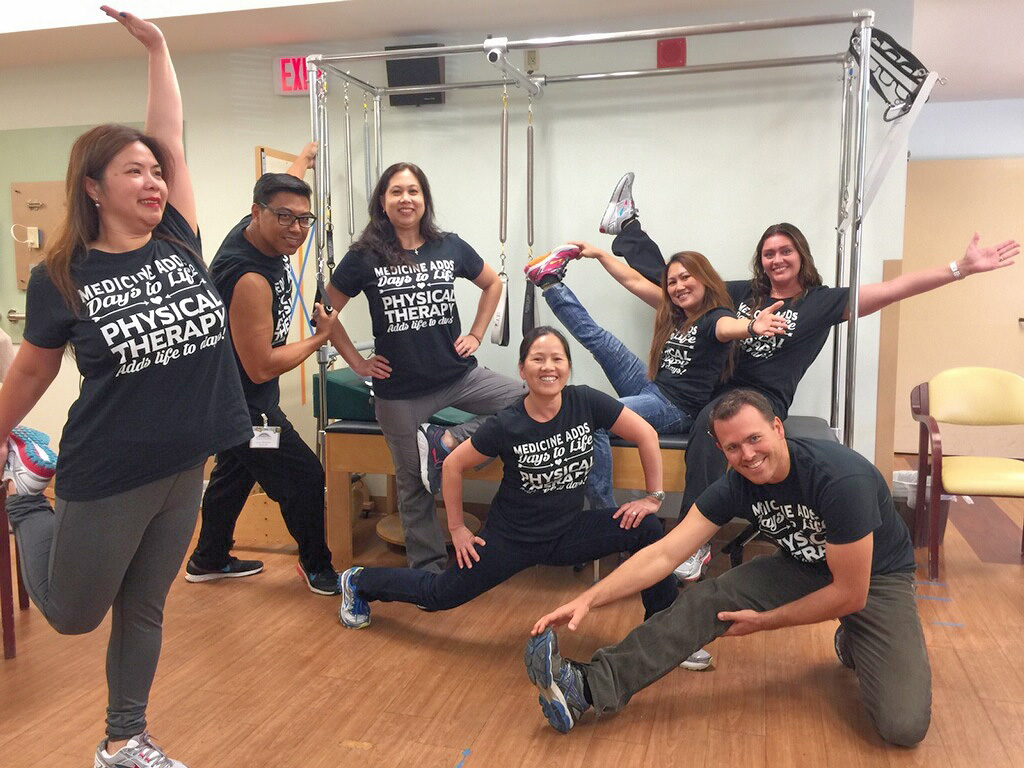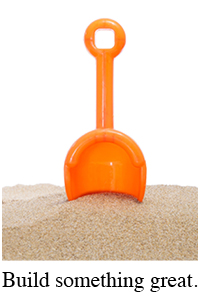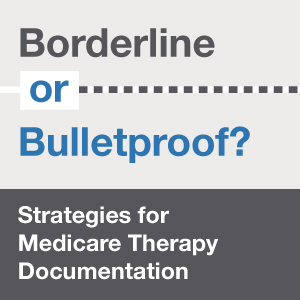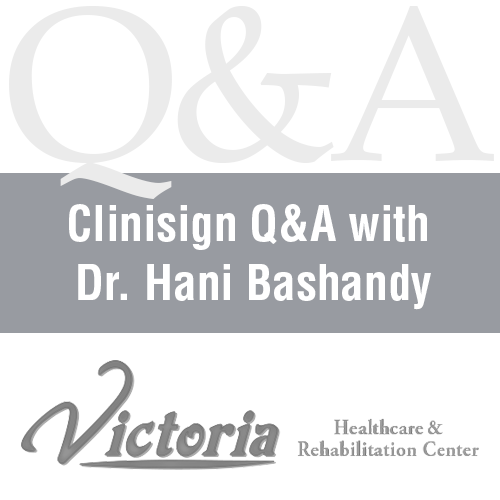
What are the differences between the hospital and a SNF setting in terms of documentation?
It is very different in a hospital setting. Everything in the hospital setting is computerized. We do everything on the computer. Documentation is immediate. We sign our documents immediately from the computer.
In the SNF setting, all documentation are hand-written. We always have way too many papers to sign that I just discovered lately when I started following my patients from the hospital.
What are the usual challenges you have when you go to a SNF regarding signing rehab documents?
The biggest challenge I have is trying to find them exactly where they are in the chart. It takes a lot of time browsing through the chart and looking for them. I make sure that I know what my patient’s progress is since I base my decisions off what I see on therapy documents when I need to discharge them or keep them in the facility.
When did you hear about Clinisign?
It was introduced to me by Victoria Healthcare through the Director of Rehab.
How long have you been using Clinisign?
I’ve been using it since October 2016.
How has Clinisign helped you enhance your practice as a physician who follows patients in a SNF setting?
Clinisign definitely makes it easy for me to look and check the rehab documents quickly and sign them in real time. It also gives me flexibility as to when and where I can check the documents. I can check it anywhere and anytime. I can also sign the documents where I don’t have to be present in the facility. This definitely saves me time.
Are there any suggestions that you can give to enhance and improve your experience using Clinisign and Electronic Rehab Documentation?
One suggestion that I would like to make is for the system to generate a summary of the patient’s progress on a day-to-day basis that would be sent to me through emails or texts. This will help me work more efficiently and at the same time provide me information that would be useful to update when I talk to my patients and their families on how they are doing with therapy.

